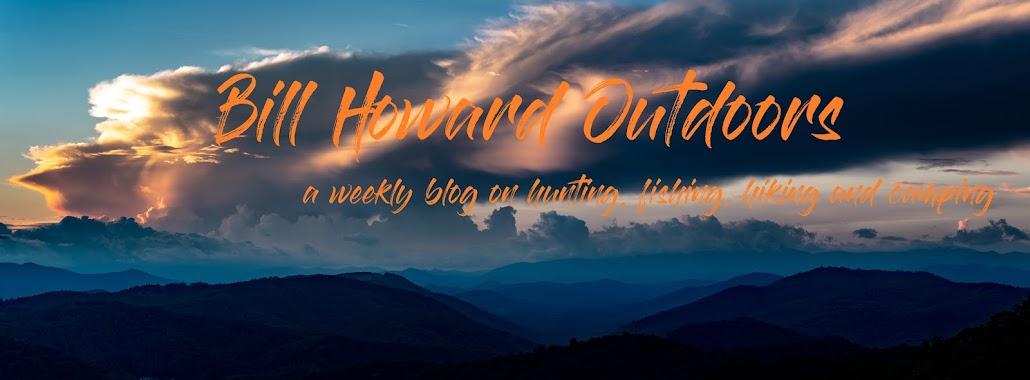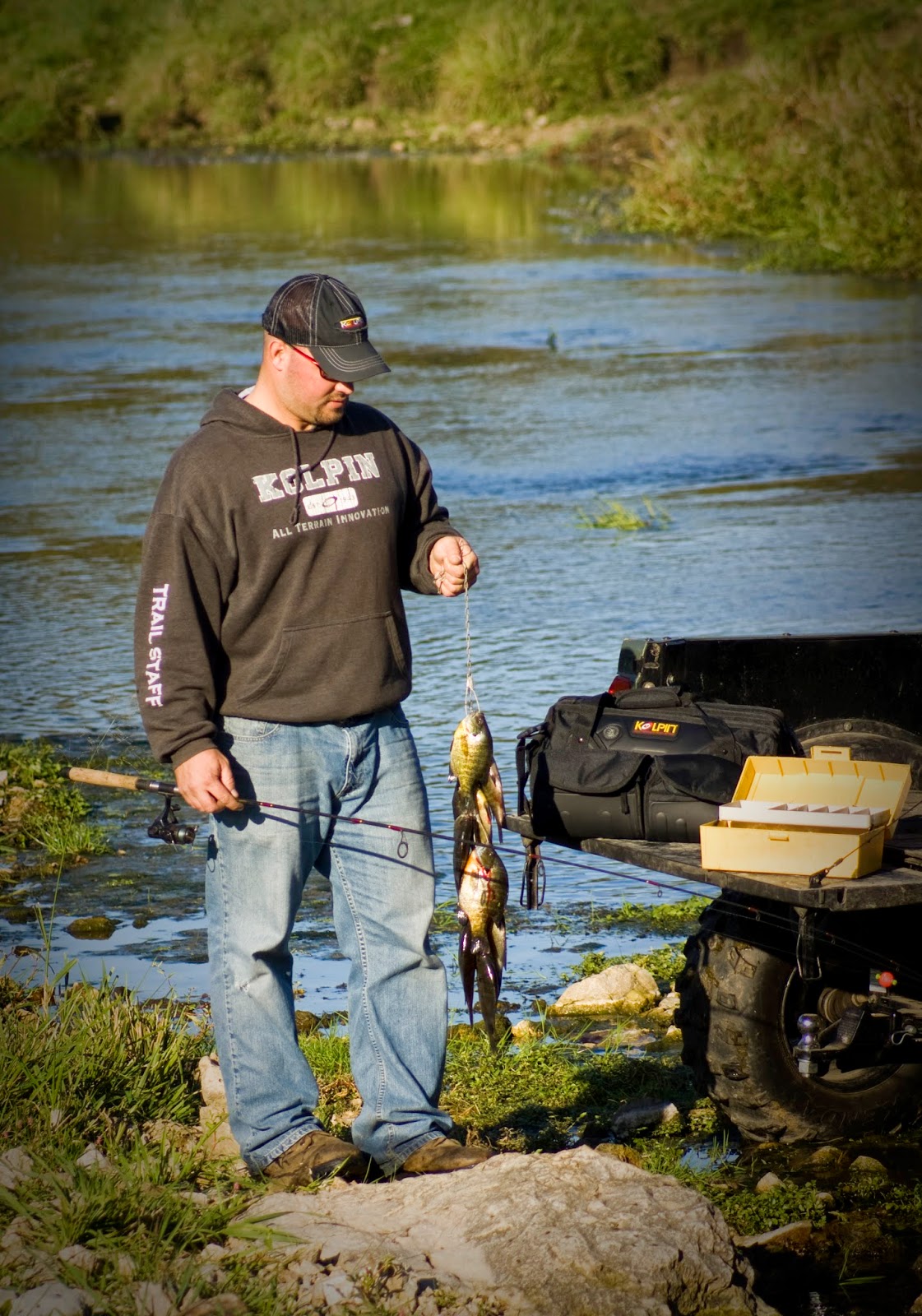We have made another trip around the sun. We do not get many of these.
If you were to think of a year as a M&M for instance, we have a small bag full. Right after you open the bag, you devour them. Each of the first ones you may gobble down two, three or four at a time. Once you have eaten about half the bag, you make a conscience decision though. You question yourself, “do I finish the bag or do I fold it up and save the rest for later?”
You have gone from your younger years to your mid-life crisis. But the similarities do not end there. Regardless of your choice, as the bag is emptied, each candy coated chocolate morsel means more and more. You begin to savor those last few. You may even chip away the candy shell and then catch all the flavor out of the chocolate inside. Your years are ending.
Most of us will experience around 78 or 79 trips around our sun. Some less, some more, but on average we lose 1/80th of our lifetime each New Year’s Day.
Take into account we sleep roughly one third of our life, and that 1.25% seems all the more precious.
If we averaged a 40 hour work week, add in our time for sleep, that leaves us with less than half of our lives that we actually have time to do what we want to do with the people we want to do it with. We also have to do chores at home, eat, bathe, be sick, and all kinds of other things in those remaining 79 hours per week, but it is our time.
What do you do with that time?
What if it took you 30 years before someone showed you your first sunrise? What if that first fish you caught was on your 45th birthday? What if the first doe and fawn playing together happened to be when you were in your 60’s? Would you think about how nice it would have been to have known the full extent of God’s beauty decades before?
Each New Year the mass populace puts together goals and resolutions. Many are broken just hours after making them. Most of them are regarding healthier diets or habits, adhering to financial budgets, or tackling one of our many other vices head on.
Some pertain to spending time with significant others.
Over the next year, our next trip around the sun, try to take in some of the extra beauty in the world. Notice the way the birds flock fluidly in the skies. Watch how the ants work together, following a strict regiment of something beyond what we understand.
Look at how the squirrels play, gather, and eat. Lay back on the lush carpet of grass on a spring day and gather in the movement of the clouds above just as we did in the early years when we took in everything we could to heart.
Show someone the beauty and grace that is out there, away from the concrete jungles and partitioned offices, and video console screens.
Appreciate those last M&Ms, for unlike the bag, we can not see when our last trip around the sun is upon us.











